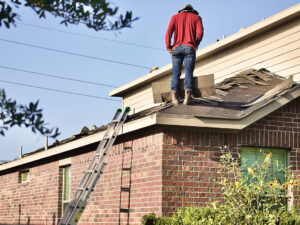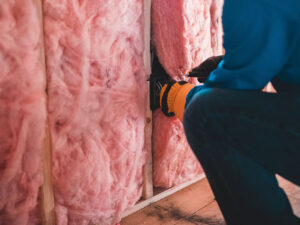
How To Choose The Best Insulation To Make Your Home Super Cozy

There are many ways in which you can make your home much more comfortable through the use of new paint and furnishings. However, one of the most overlooked factors is proper insulation, which is going to help regulate the temperatures in your home.
This is going to allow your home to stay cool in the summer and warm in the winter while keeping your home efficient and saving you money.
The United States Department of Energy has stated that if your home was not built for energy efficiency, it is possible to save money through the installation of insulation.
Of course, due to the fact that there are a number of different climates as well as house types, there is not one solution that will fit everyone. However, we have found a number of tips that should be helpful to everyone.
Energy Audits
Where does one begin? The best way to understand your need for insulation is through the process of an energy audit. Audits are going to help you understand how your home is using energy and where you may have leaks and create the right solution.
Audits will also show you the “R-Value” of your current insulation. The R-value will rate how well the material is able to resist the passage of cold or heat. The higher the R-value is, the more effective the material is in your home.
Insulate From The Top To The Bottom
Energy.gov has stated that a home must be insulated from the roof all the way down to the foundation for optimal efficiency.
This means that there must be insulation in the attic, ceilings, within the ductwork, foundations, exterior walls, and above unheated areas such as garages. Many homes will have some insulation, but in many cases, they are simply old or inadequate. Typically, you are going to need to identify drafts and seal any leaks before you can begin the insulation process.
Choosing The Right Insulation For Your Home
When you have completed your audit and have the R-value of current insulation, you will be able to move forward with choosing the best insulation for your home.
To help you better understand this, we have included the most common forms of insulation:
Blanket Insulation: This is generally created with fiberglass but comes in other material generally looks like a large blanket or batt when it is laid out. Blanket insulation is generally used in ceilings, floors, and unfinished walls. Blanket insulation is generally inexpensive and easy to install for the vast majority of homeowners.
Blown-In Insulation: Also known as loose-fill insulation is a great option for those areas that are hard to reach, such as unfinished attic floors, existing walls, and wall cavities; this is generally made with cellulose fiberglass and mineral wood.
Sprayed Foam Insulation: This form of insulation is generally added to areas that have already been finished or are surrounded by an obstruction. This is a foam-like material that is applied through the use of a small spray can, which will eventually form into a solid mass that fills in the area.
The cost of insulating your home is going to be dependent upon a number of factors, including the amount of insulation that is needed, the type of insulation you choose, as well as if you do it yourself or hire a contractor.
In some instances, you may want to prioritize specific projects. One of the best best for energy savings is to begin in the attic and work your way down. Additionally, remember that there are tax credits as well as a number of other saving opportunities for weatherization projects.
Keep in mind that whatever you do, this is an investment that is going to pay off in the long run over a great number of years. Start off with a simple audit today and work your way to adding insulation to your home to bring in that extra layer of coziness.


